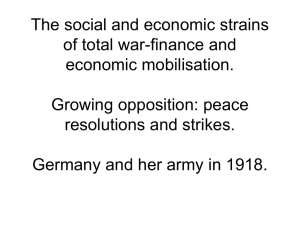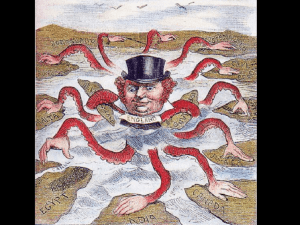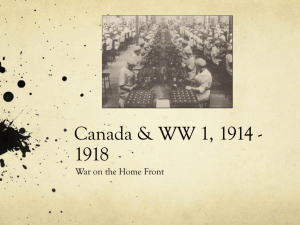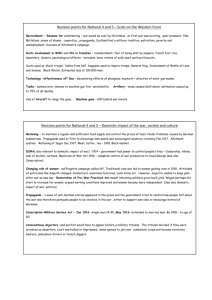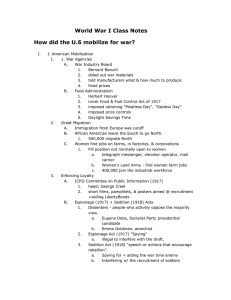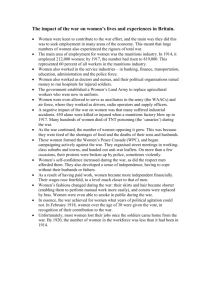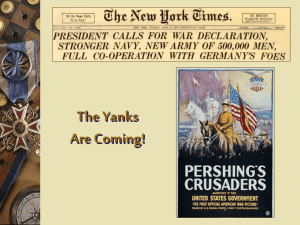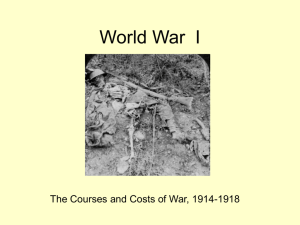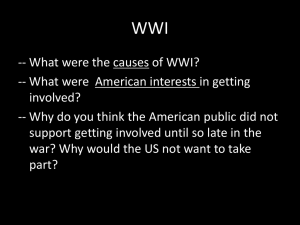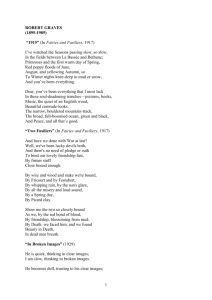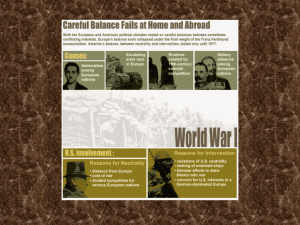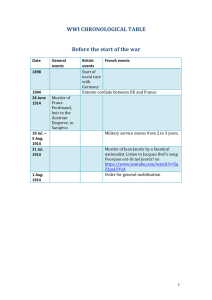When did women gain the right to vote?
advertisement
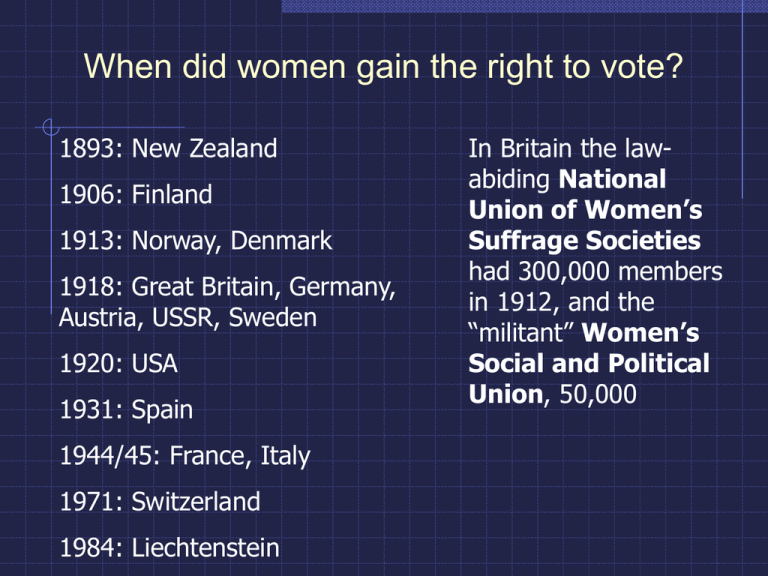
When did women gain the right to vote? 1893: New Zealand 1906: Finland 1913: Norway, Denmark 1918: Great Britain, Germany, Austria, USSR, Sweden 1920: USA 1931: Spain 1944/45: France, Italy 1971: Switzerland 1984: Liechtenstein In Britain the lawabiding National Union of Women’s Suffrage Societies had 300,000 members in 1912, and the “militant” Women’s Social and Political Union, 50,000 British suffragist poster, ca. 1906 A WSPU rally, ca. 1908 WSPU activists arrested in 1906 for marching on Parliament Emmeline Pankhurst arrested outside Buckingham Palace Picture of her prison cell, 1911 The gradual decline in birthrates and rise in life expectancy nurtured the idea that women should be able to combine motherhood and a career THE FINDINGS OF JOAN SCOTT & LOUISE TILLY FOR FRANCE The French Union for Women’s Suffrage (founded in 1909) had 12,000 members in 1914: “French Women Want the Vote: Against alcohol, slums, and war” Delegates to the Women’s Suffrage Congress in Munich, 1912 “Women’s Dreams about the Marriage of the Future” (1908) “Give Us Women’s Suffrage!” Poster for the SPDsponsored International Women’s Day on March 8, 1914 Women in a German shell factory, 1916/17 German women at work in a munitions factory, 1916. High wages and government propaganda lured women into jobs they had never held before, such as lathe operator and munitions worker “A New Berlin Street Scene from Wartime: Women Window Cleaners Exercise their Trade in Men’s Clothing” (1917) Karl Liebknecht and Rosa Luxemburg founded the Spartacus League in 1917, proclaimed a “Soviet Republic” on November 9, 1918, and then founded the German Communist Party. A Frenchwoman operates a lathe in a metalworking factory J. Barnard Davis, “The Workroom of the Gerrard’s Cross War Hospital Supply Depot” (1918) Workers in a British shell factory, 1918 E.F. Skinner, “For King and Country” (ca. 1917) Women miners haul clay to be fired into bricks in Wales “On Her their Lives Depend” (recruitment poster for the British munitions industry, ca. 1916) “Preserve Perishable Produce” (Food Production Department, London, 1917/18) H.G. Gawthorn, “National Service Women’s Land Army,” Great Britain, 1917 Albert Sterner, “We need you,” USA, 1918 “We give our work, our men, our lives if need be. Will you give us the Vote?” USA, 1917 “The Glorious Dead” (the Cenotaph in Whitehall, London, designed by Sir Edward Lutyens, built in 1919/20)
